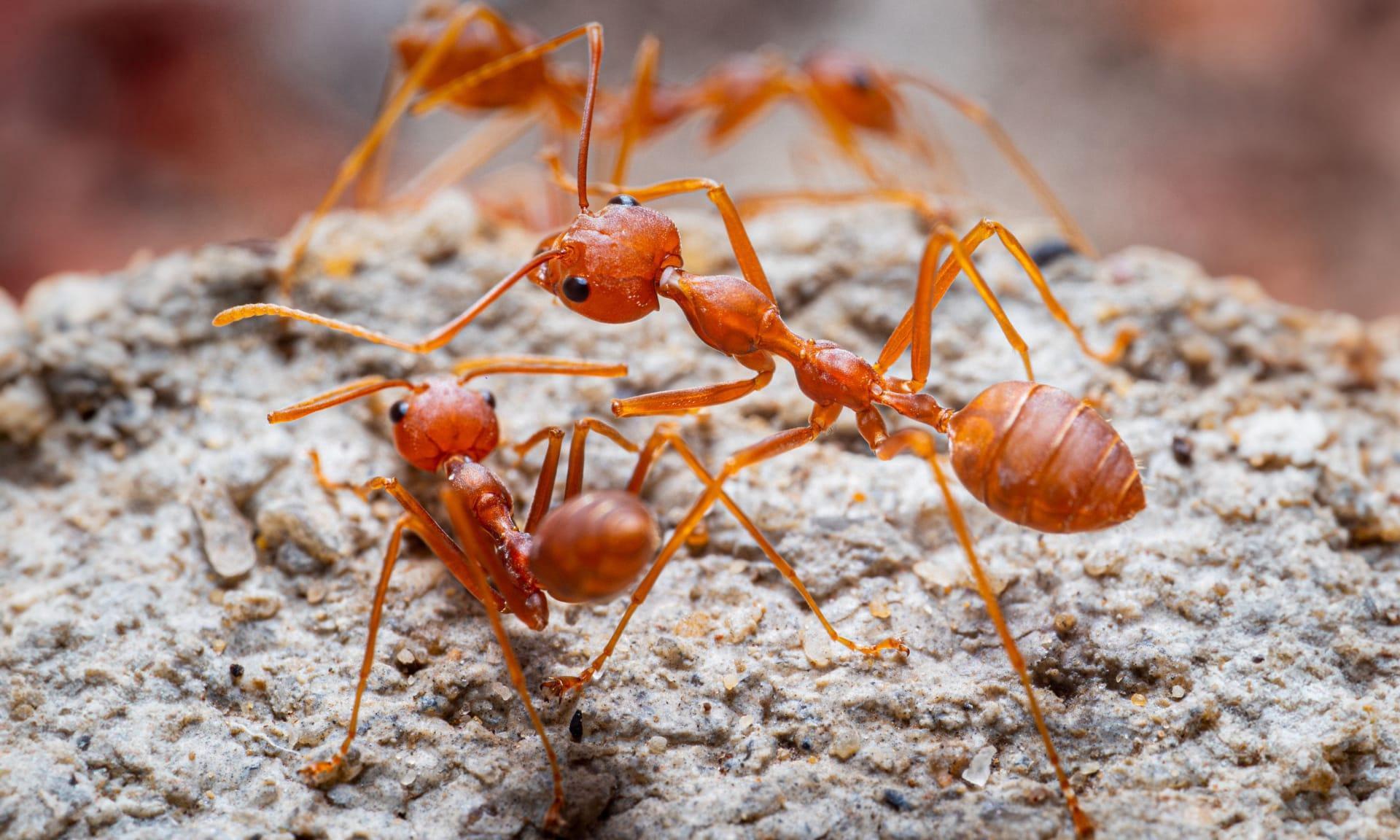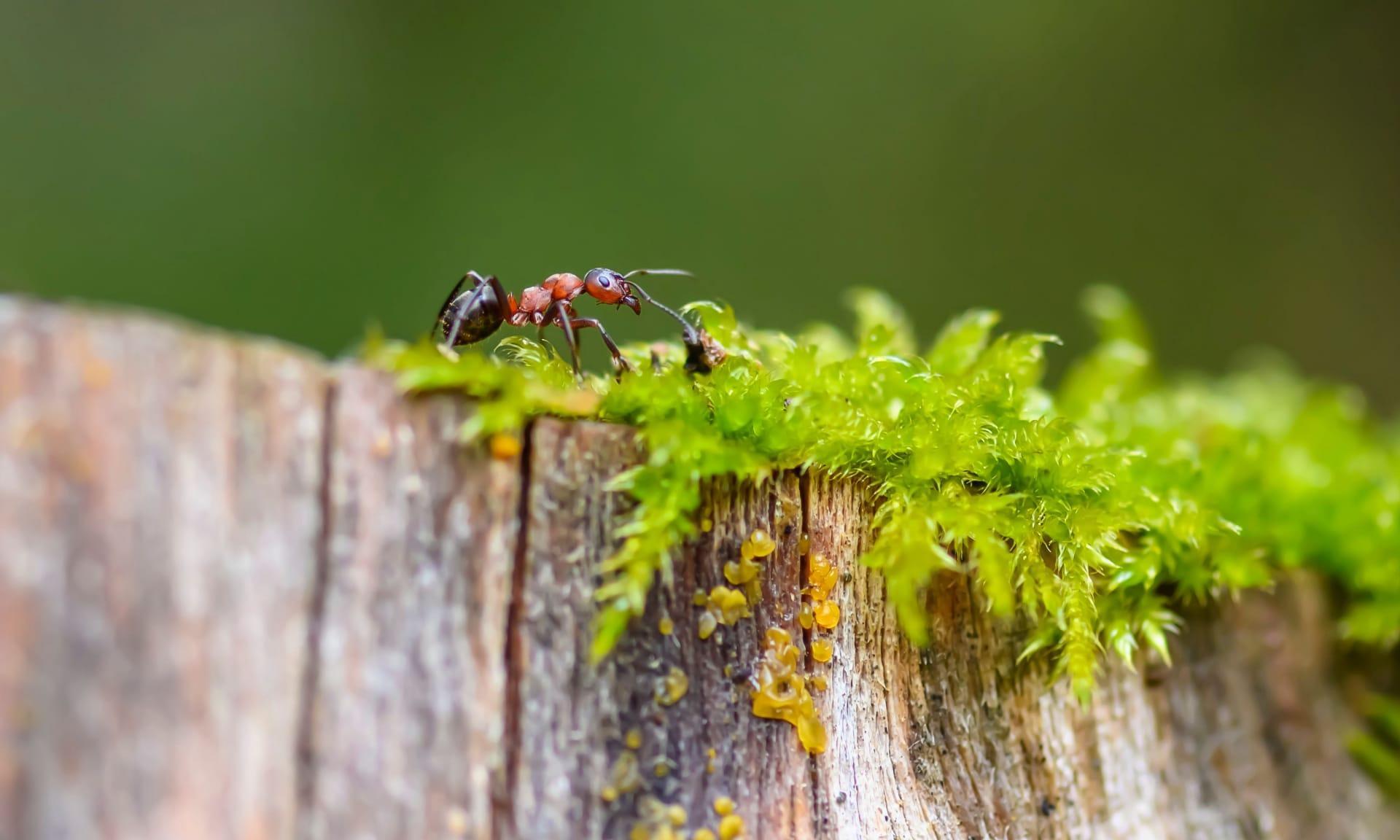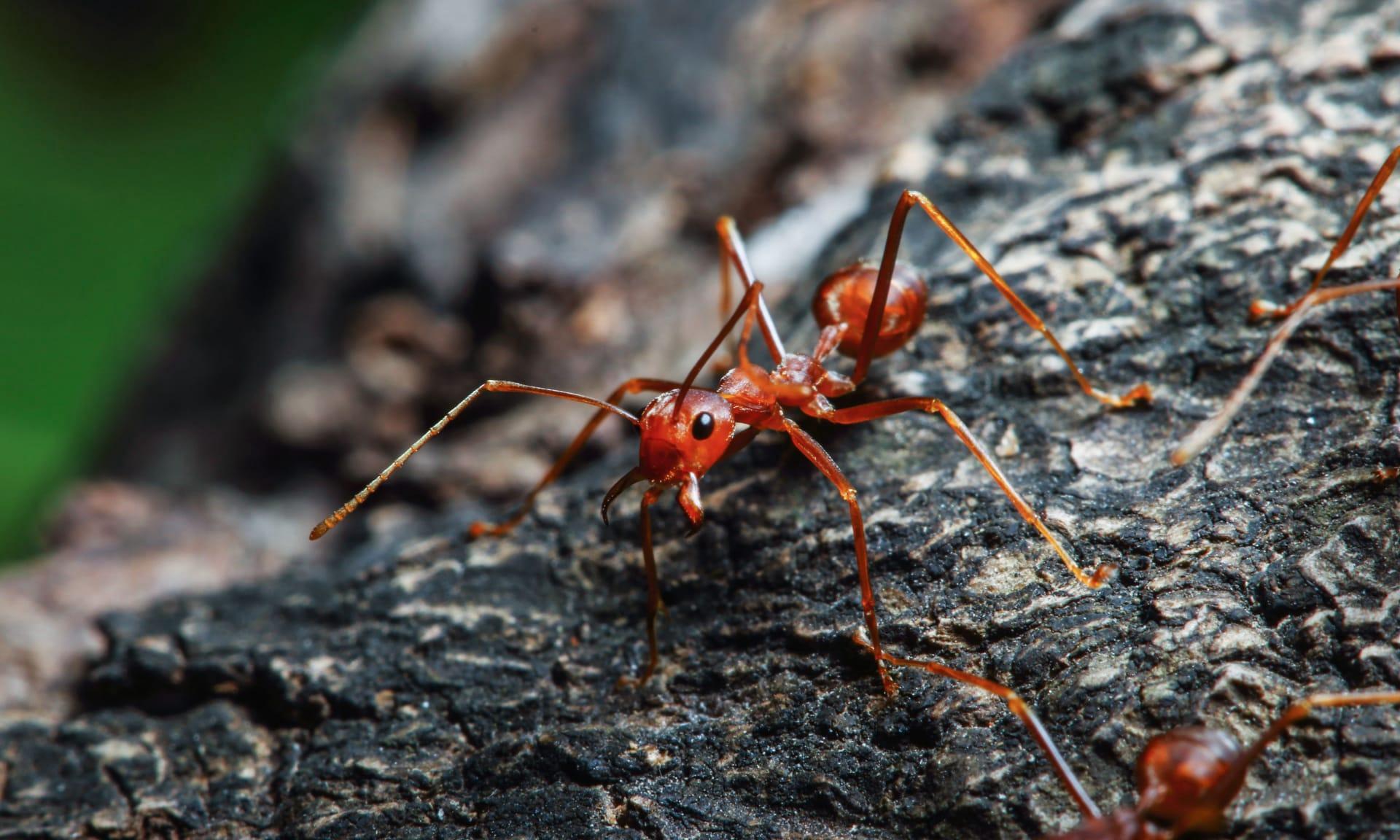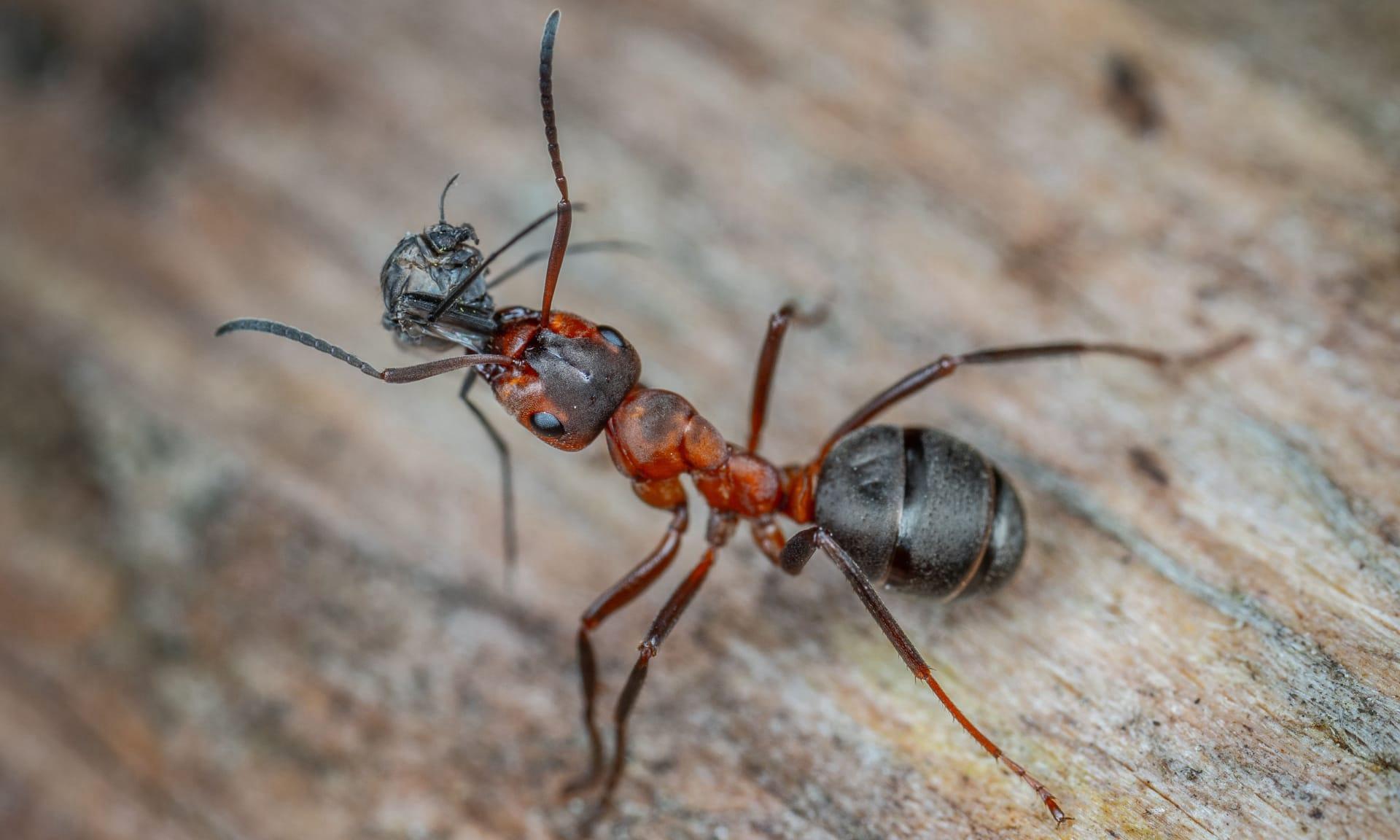1
Carpenter ants, known scientifically as Camponotus species, are fascinating insects with a knack for woodworking. These ants don't actually eat wood, contrary to popular belief. Instead, they chew through wood to create intricate galleries and tunnels for their nests. The scale of their construction is impressive, considering their size. For instance, a colony can hollow out a significant section of a tree or wooden structure over several years, potentially weakening it. This ability makes them unique in the insect world and a subject of interest for both entomologists and homeowners.
One particularly intriguing aspect of carpenter ants is their communication system. These ants use pheromones, which are chemical signals, to communicate with each other. This chemical language helps them direct other colony members to food sources, warn of danger, and coordinate their activities. For example, when a carpenter ant finds food, it leaves a pheromone trail on its way back to the nest, which other ants follow to the food source. This highly efficient and sophisticated method of communication is vital for their survival and success as a colony.

2
Carpenter ants are also known for their complex social structure. Within a colony, there are different types of ants, such as workers, males, and the queen. The queen is the largest ant in the colony and can live for up to 25 years, which is remarkably long for an insect. Her primary role is to lay eggs, ensuring the colony's growth and survival. The worker ants, which are sterile females, have various responsibilities including foraging for food, caring for the queen's offspring, and maintaining the nest. Workers can live for several years, showcasing the ants' overall longevity.
Another fascinating fact about carpenter ants is their diet. They are omnivorous, meaning they eat both plant and animal matter. Their diet includes insects, plant juices, and food debris from human households. In the wild, they play a crucial role in the ecosystem by helping to break down dead trees and other organic matter. This not only recycles nutrients back into the soil but also aids in controlling the populations of other insects, thus maintaining a balanced environment.

3
Carpenter ants exhibit a unique behavior known as "tandem running." This is where an experienced forager ant will lead a novice ant to a food source. This teaching behavior is rare in the insect world. The leader ant uses pheromone trails and physical contact to guide the follower, who memorizes the route for future use. This form of direct knowledge transfer demonstrates a higher level of social learning typically not seen in insects.
Interestingly, carpenter ants also have a varied and adaptable nesting behavior. They primarily nest in moist wood, but can also adapt to other environments. For example, they have been found nesting in foam insulation, hollow doors, and even in abandoned termite galleries. This adaptability is key to their survival, especially in urban and suburban areas where natural nesting sites may be limited. The flexibility in choosing nesting sites makes them both a resilient species and a challenging pest to manage in human-inhabited areas.

4
Another intriguing aspect of carpenter ants is their ability to 'farm' other insects. For example, they often tend to aphids, protecting them from predators and feeding on the honeydew that aphids produce. This symbiotic relationship benefits both the ants and the aphids, showcasing the ants' ability to engage in complex interspecies interactions.
Carpenter ants also play a significant role in seed dispersal. Some plant species have evolved seeds that attract ants, which then carry the seeds back to their nests. The ants eat the nutritious outer layer of the seed but leave the rest intact, often in a nutrient-rich environment ideal for germination. This mutually beneficial relationship demonstrates the important ecological role that carpenter ants play, beyond their reputation as woodworkers.

5
Did you know that the size of carpenter ants can vary significantly within a single colony? Worker ants can range from 1/4 to 1/2 inch (about 6 to 12 millimeters) in length. The size variation among workers allows them to perform different tasks more effectively. Larger workers, often called 'majors', are better at foraging and defending the colony, while smaller workers, or 'minors', are more efficient at caring for the young and maintaining the nest.
Lastly, carpenter ants have an interesting way of dealing with waste and deceased colony members. They create specific chambers within their nests known as 'midden chambers' where they dispose of debris, including the bodies of dead ants. This practice helps to maintain hygiene within the nest, preventing the spread of disease. It's a clear example of how these ants manage their colonies efficiently, maintaining a clean and organized environment for the health and wellbeing of all their members.